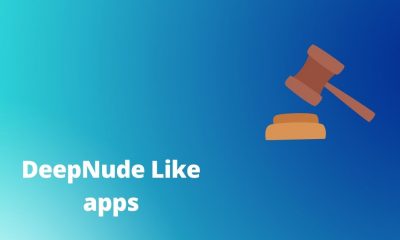

Discussion of security risks, legal implications, and potential misuse of DeepNude technology.


The article is of an educational nature, we do not call for or oblige to anything. The information is provided for informational purposes only. Test Undress...
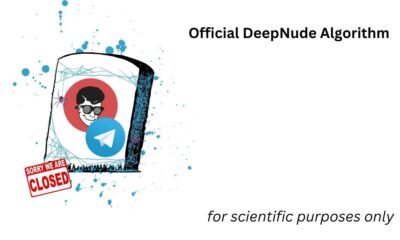

The original www.DeepNude.com Software and all its safety measures have been violated and exposed by hackers. Two days after the launch, the reverse engineering of the app was already on...
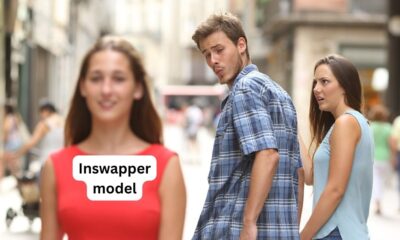

The inswapper_128.onnx model is associated with applications that involve image processing, specifically within the context of artificial intelligence and machine learning frameworks that handle tasks like...
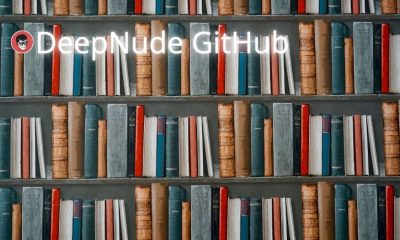

Preinstallation packages Before launch, the script installs these packages in your Python3 environment: Tips: use Anaconda to install, with the following command ???? Tips: if you do not...
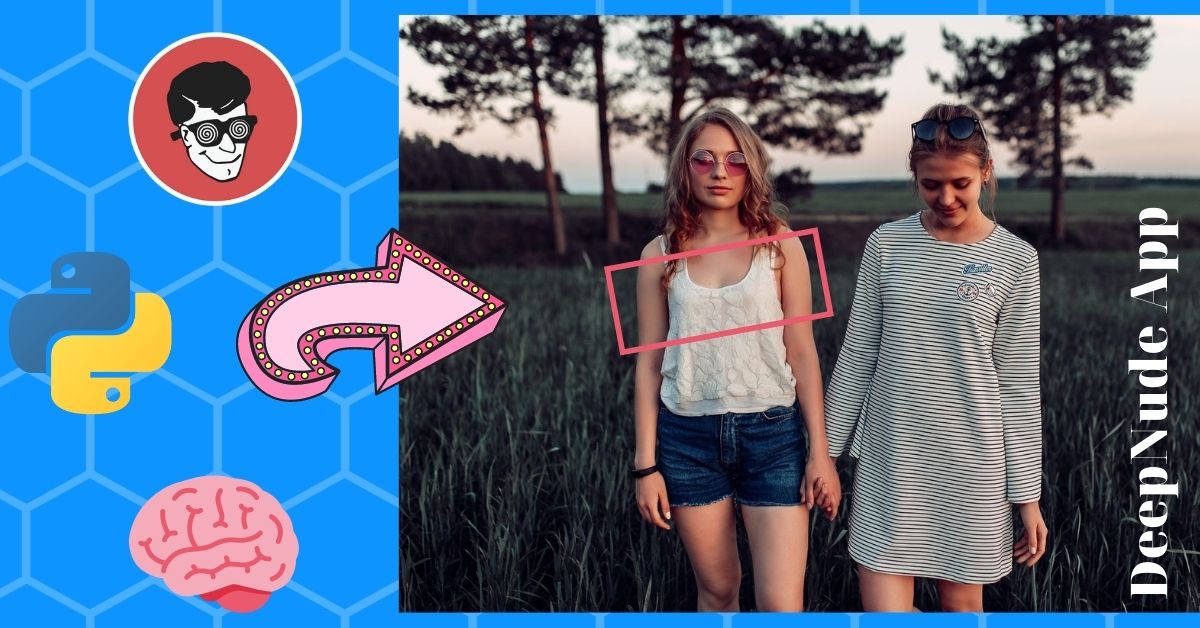
As the Chief Technology Officer (CTO), I am acutely aware of the importance of possessing not just the right technical skills but also having a keen...